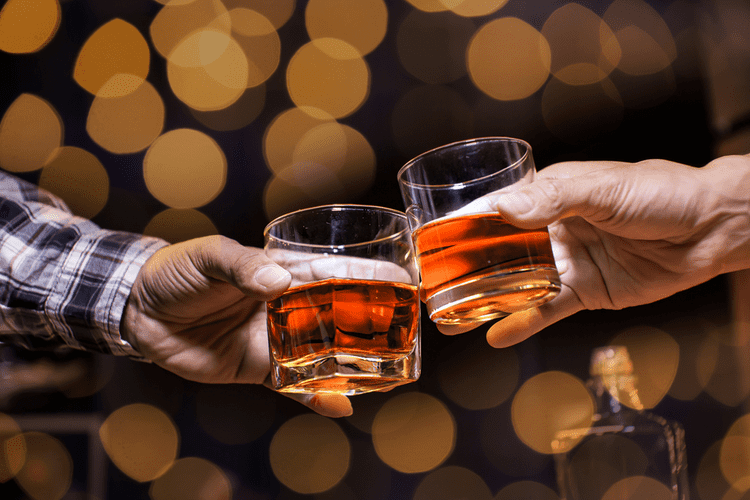This exercise aims to elicit the cathartic benefits of expressive writing therapy, a popular positive coping intervention that was developed in the 1980s. It’s a slightly adapted take on traditional expressive writing, however, in that it includes some questions and prompts to stimulate and guide participants as they write. This group substance abuse group activities therapy exercise focuses on communication and mindfulness skills in participants and is a great general activity for all types of therapy. Cultivating an awareness of mindful speaking can be an effective way to set the tone for couples group therapy, where emotions management is the focus, or even when working with families.
- We feel like one of the most important ways to help any recovery is having a great support system of people to help you through the journey.
- In these positions, she was responsible for creating national visibility, substantial revenue growth, a positive shift in payer mix, and establishing a sales force.
- Effective problem-solving skills can lead to hope, better self-esteem, self-confidence, improved mental and physical health, and overall well-being.
- Sound therapy may be most beneficial when offered by a trained practitioner, but music, instruments, or nature sounds may also be incorporated informally into group and peer sessions.
- These groups offer a haven for members to openly discuss their struggles, triumphs, and setbacks without fear of judgment.
- We do not receive any compensation or commission for referrals to other treatment facilities.
It creates a sense of safety and security, enabling participants to explore their emotions and vulnerabilities in a supportive environment. Trust also fosters a sense of camaraderie and connection among group members, which can be incredibly powerful in the recovery process. Matt brings over a decade of experience in addiction treatment to the team at Alina Lodge. Having worked in numerous capacities at different treatment centers, Matt brings a unique skillset that helps our organization grow in new ways.
Substance abuse group activities
Her passion is helping clients and families find the best treatment options to meet their individual needs as they embark on their journey to long-term recovery. In 2010, Aaron transitioned into behavioral health with Caron Treatment Centers. At Caron, Aaron was the Corporate Business Development Director responsible for creating national visibility substantiable revenue growth and training of the business development team. Aaron was also a member of the Senior Leadership Team at Caron Treatment Centers. Aaron joined Alina Lodge as the Director of Marketing and Business Development in August of 2020. His role at High Watch is to ensure that we have the financial capacity to deliver the care and services our guests need day in and day out.

75+ free mental health worksheets, handouts, and forms for mental health professionals or self-help. This type of group activity allows individuals to try out responses and actions they will take during a specific situation and practice out loud. These exercises allow individuals to practice with group members how they will handle difficult situations without relapsing. Mindfulness exercises may include journaling, affirmations, and self-care practices.
YouTube Video: Leading Therapy Groups with Adolescents
After playing with them, transition into a discussion about the fallibility of our senses and point of view. Talk about how differently people perceive things based on who they are and the situation at hand. Group therapy provides a cost-effective alternative to individual psychotherapy. It brings people with similar needs together in a supportive, encouraging, and validating way. Closing group therapy treatment is the phase of group development known as termination (Levine, 2011). This is often one of the most difficult aspects of group structure and development.
These include stress management, problem-solving, relaxation, and anger management. Some people from your support group in substance abuse treatment may be your support system after rehab, too. Rather than a one-on-one meeting with a therapist, group therapy is a gathering of several people facilitated by a clinical group leader. Hawaii Island Recovery, the Big Island’s premiere residential substance abuse rehabilitation facility for adults, offers a comprehensive treatment program in a tranquil and healing environment.
What Are Some Ideas for Group Therapy Activities?
This article is chock full of activities, exercises, worksheets, and techniques that can be put to effective use in group therapy. Most of these activities and exercises can be applied to a wide range of group therapy situations. This activity will help group members learn how to set positive, achievable goals and, immerse them in the experience of working toward them. Many of those struggling with depression or anxiety will turn to unhealthy, unhelpful, or even harmful ways to cope. If you are working with members that don’t jump at the chance to speak in front of the group, having a specific set of questions to guide the check-in process can be helpful.
A 10th step-based inventory for self-reflection for counselors and other mental health workers. A printable deck of cards with 128 coping skills for managing stress, anxiety, and other difficult emotions. We also offer psychoeducation groups on a specific topic related to addiction or mental health. For instance, they can help put clients at ease, express themselves, bring them closer, or provide educational information. However, what they all have in common is their ultimate goal of guiding clients toward recovery.



